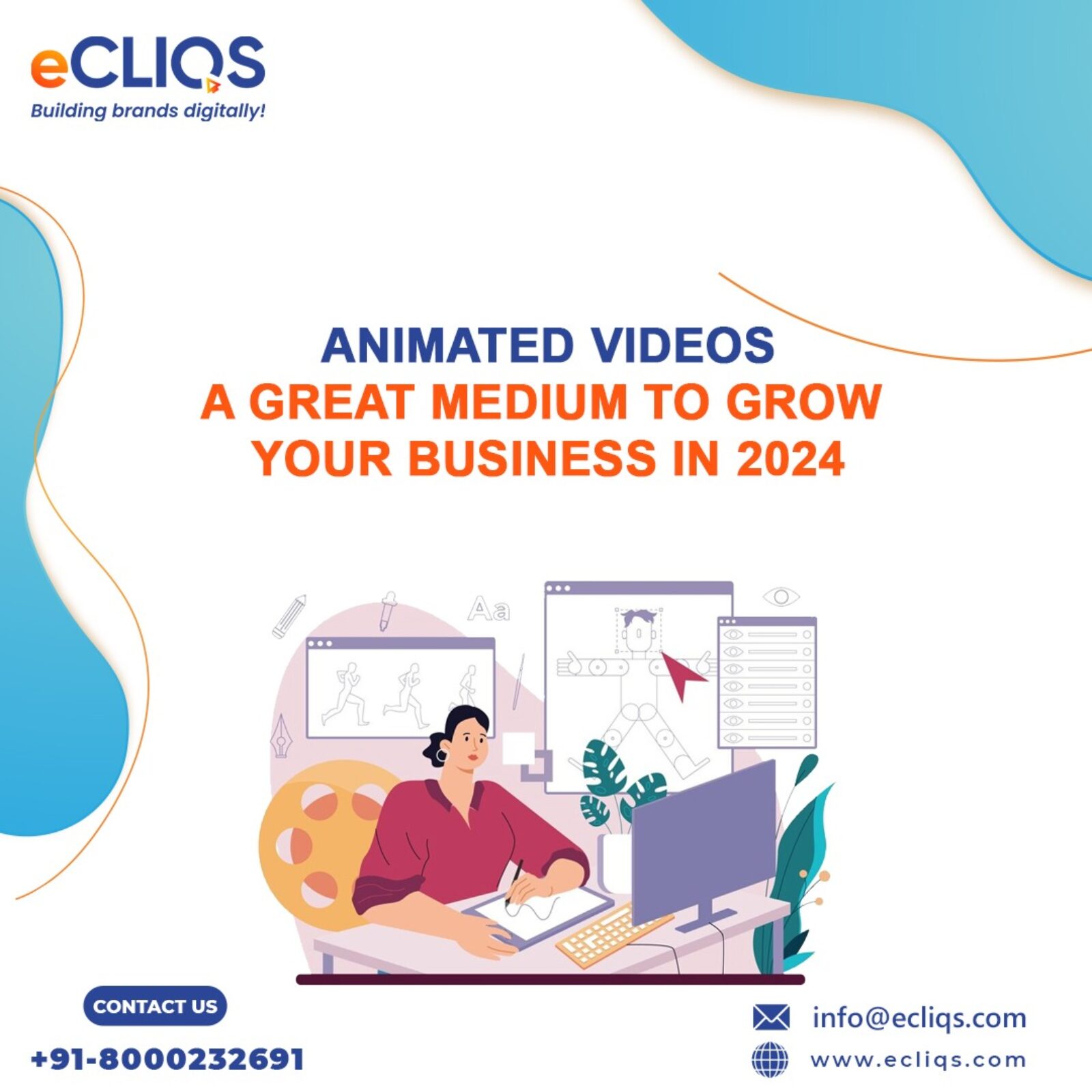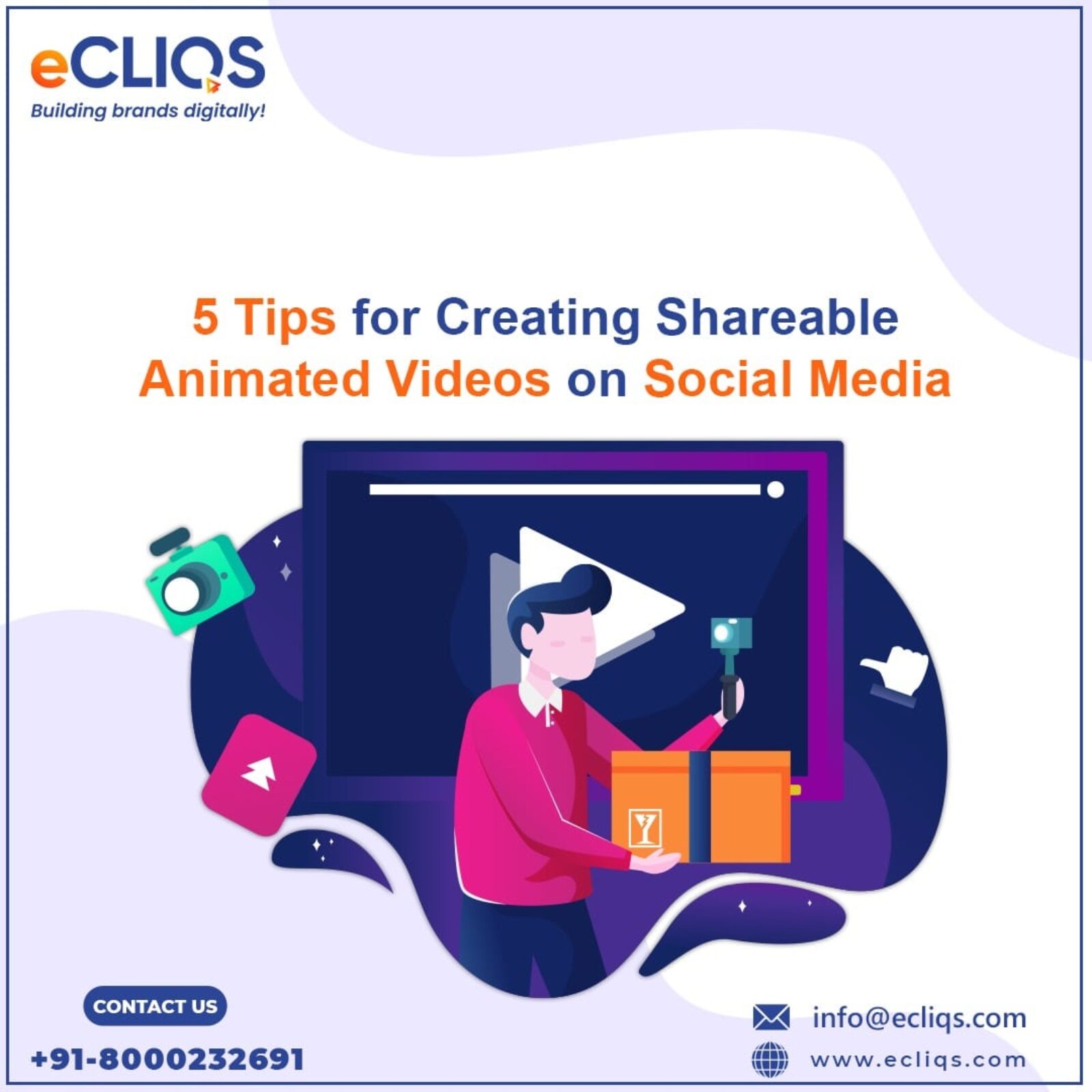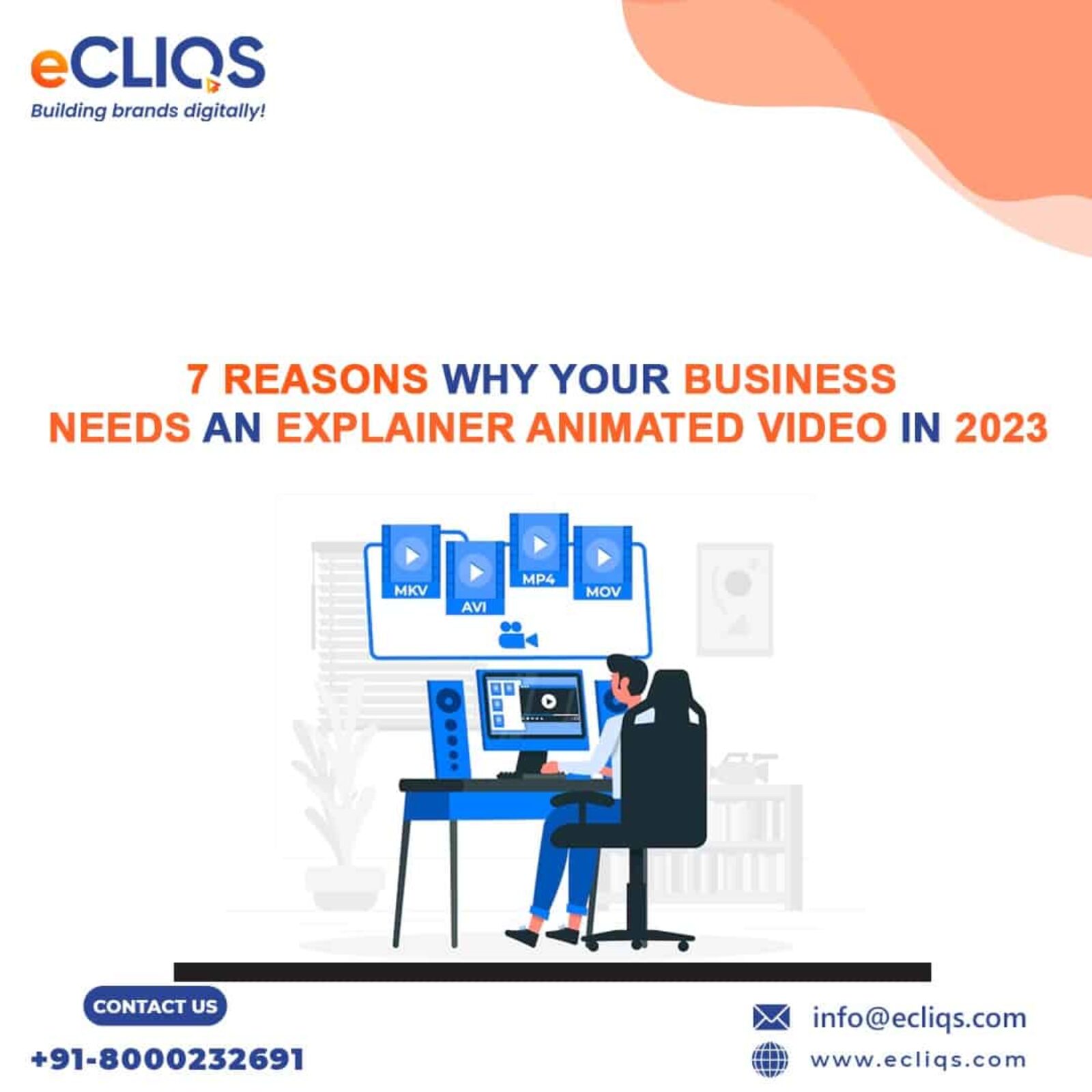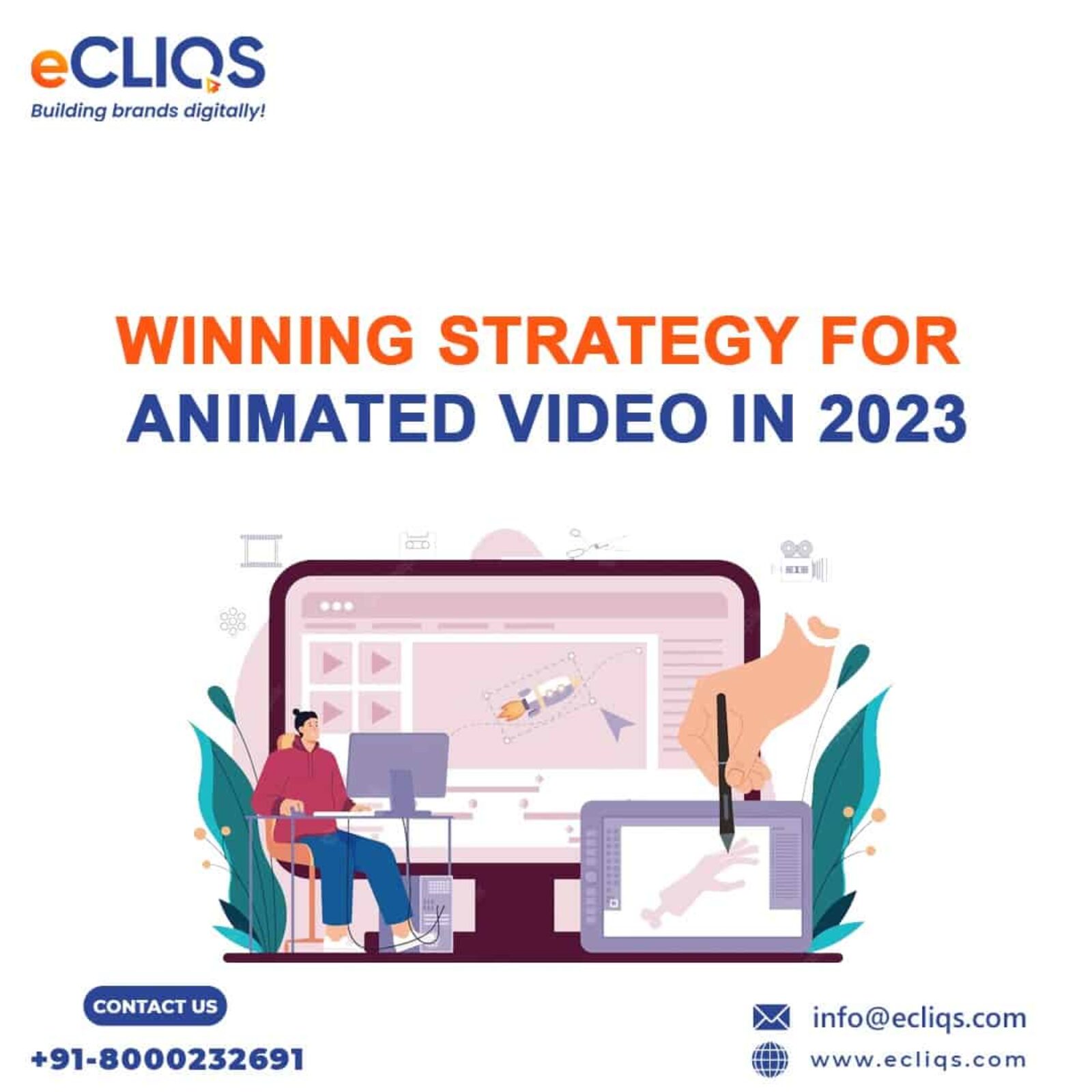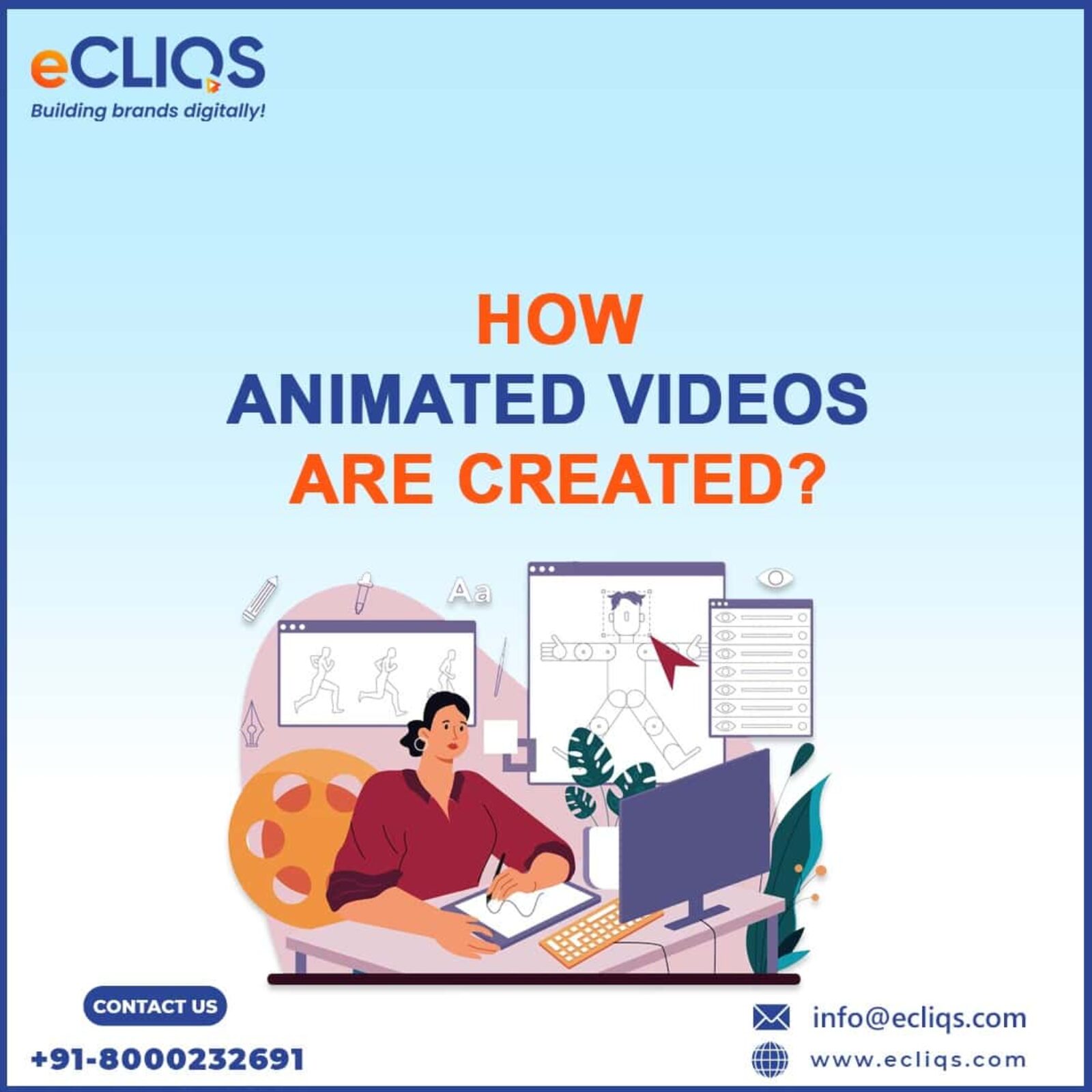A Guide to Instructional Video Types
Instructional films are an excellent way to provide employees and students with learning, training, and educational content. Videos are more interesting than textbooks and more visually appealing than emails, allowing viewers to absorb and retain information more effectively....
Animated Videos – A great medium to grow your business in 2024
New year is just around the corner and what better way to enter it than stepping up your business game?
In recent years, animation videos have proven to be the most effective media for marketing initiatives. They have recently grown in prominence, owing largely to their...
5 Tips for Creating Shareable Animated Videos on Social Media
Animated videos have grown in popularity, enthralling audiences with their visually appealing and engaging nature. Creating high-quality animated videos, however, is only the first step. It is critical to successfully promote your animated videos on social media channels in...
The Impact of Animated Videos on SEO and Website Traffic
In this fast paced world, staying ahead of the curve is very crucial these days.Animated videos have evolved to be engaging the audience and get them hooked to your content and also improve the SEO ranking of your website.Through this blog, we will explain to you the impact...
7 Reasons Why Your Business Needs Explainer Animated Video in 2023
In today’s fast-paced world, businesses need to keep up with the latest marketing strategies to stay ahead of their competition. One of the most effective ways to engage with your audience and convey your message is through explainer animated videos. These videos have...
Winning Strategy for Animated Video in 2023
Across all sectors, video has emerged as the primary means of sharing information. Nearly eighty-five percent of businesses, according to a recent survey, employ video marketing. Sales pitches, investment proposals, webinars, product demonstrations, online tutorials are just...
How Animated Videos are Created?
Even while everyone wants to develop animations, not everyone has the skills necessary to make them look like they were created by a pro.You want your animated video to appear beautiful whether it’s for a content marketing campaign, a classroom assignment, an online...
6 Differences Between 2D And 3D Animated Video
An animated explainer video requires you to be familiar with a wide range of styles and techniques. When contacting an animation business, the first question they may ask you is whether you prefer 2D or 3D animation. In the video production process, the flow will be defined...

